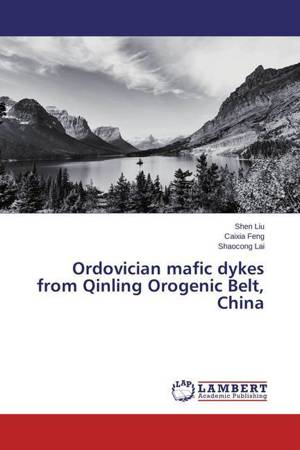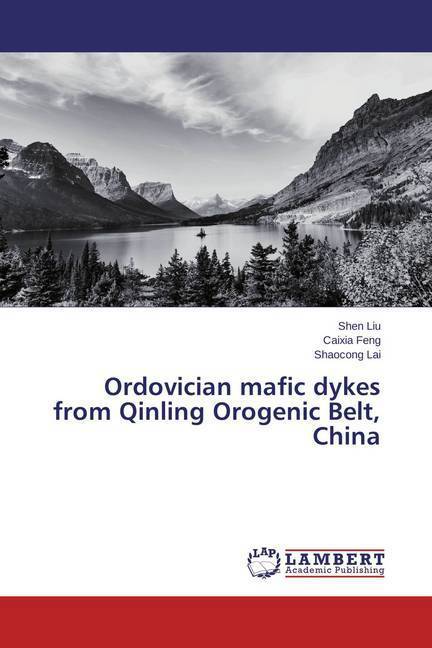
- Afhalen na 1 uur in een winkel met voorraad
- Gratis thuislevering in België vanaf € 30
- Ruim aanbod met 7 miljoen producten
- Afhalen na 1 uur in een winkel met voorraad
- Gratis thuislevering in België vanaf € 30
- Ruim aanbod met 7 miljoen producten
Zoeken
Ordovician mafic dykes from Qinling Orogenic Belt, China
Shen Liu, Caixia Feng, Shaocong Lai
Paperback | Engels
€ 39,95
+ 79 punten
Omschrijving
The Qinling Orogenic Belt is located in the central of China and distributes in east-west direction, there are large-scale igneous rocks within this belt, and they are very important record for orogenesis. The investigation on the feature of the source and origin is critical for understanding the composition of lower crust in orogenic belt, dynamic process in depth of orogenesis, and crust-mantle interaction during orogenic process. Nonetheless, the studies of the igneous rocks are mainly focused on the intermediate and acid intrusions, minor investigation on the mafic dykes though they can provide useful information on the geodynamic evolution of an area. This study using geochronological, geochemical, and Sr-Nd-Hf isotopic data of the mafic dykes from Gansu and Shaanxi provinces. Based on the systematic study, the main results are as follows: the mafic dykes were derived from the partial melting of an enriched mantle source due to the collision between the North China Craton and southern Qinling block during 446-450 Ma. In addition, the parental magmas of these dykes then fractionated clinopyroxene, Fe-Ti-bearing phases, biotite, and plagioclase, along with crustal contamination.
Specificaties
Betrokkenen
- Auteur(s):
- Uitgeverij:
Inhoud
- Aantal bladzijden:
- 60
- Taal:
- Engels
Eigenschappen
- Productcode (EAN):
- 9783659369452
- Verschijningsdatum:
- 5/02/2015
- Uitvoering:
- Paperback
- Afmetingen:
- 150 mm x 220 mm
- Gewicht:
- 100 g

Alleen bij Standaard Boekhandel
+ 79 punten op je klantenkaart van Standaard Boekhandel
Beoordelingen
We publiceren alleen reviews die voldoen aan de voorwaarden voor reviews. Bekijk onze voorwaarden voor reviews.








